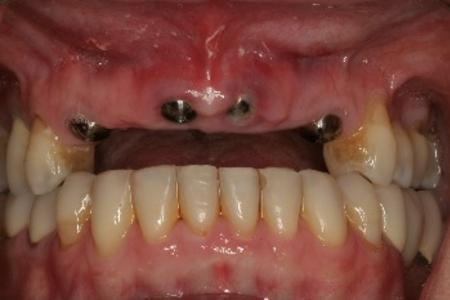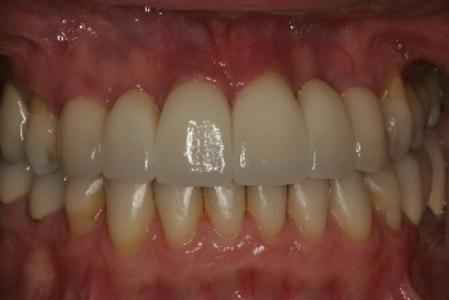Dental Implants
The routine use of dental implants has revolutionized Prosthodontics and the way missing teeth are replaced. Dental implants have become the standard of care for the replacement of teeth. Dental implants allow a missing tooth or teeth to be restored to optimum function and appearance without invading or damaging any other teeth or tissues. People of all ages have enjoyed the benefits of dental implants.
Click on a section to view more information.
Benefits of Dental Implants
Preserve youthful facial appearance
Prevents the bone deterioration that occurs when teeth are missing
Restores natural biting and chewing ability
Looks, feels, and functions like natural teeth
Does not compromise adjacent teeth
Increases comfort, stability, and security (eliminates the need for adhesive)
Improves digestion
Hygienic (cleaned like a natural tooth)
What are dental implants?
Dental implants have been used for several decades. A Swedish scientist and orthopedic surgeon, Dr. Per-Ingvar Branemark, developed this concept for oral rehabilitation more than 35 years ago.
Implants are manufactured “anchors” that look like cylinders or screws. They are artificial replacements for natural tooth roots. Implants can be surgically placed into upper and lower jawbone. They are made of titanium which is well suited to the human body. They attach to the jawbone and gum tissue to become a stable base for one or more custom artificial replacement teeth. The bone bonds with the titanium, creating a strong foundation for artificial teeth. Small posts (also called abutments) that protrude through the gums are then attached to the implant. These posts provide a stable connection for the artificial replacement teeth to the implants.
Implant Surgery
First, the surgery is preformed to place the dental implant. The surgery can take one to several hours depending on the number of implants placed. For the first three to six months following surgery, the implants are beneath the surface of the gums gradually bonding with the jawbone. You will be able to wear your temporary appliance (crown, bridge or denture) and eat a soft diet during this time. Most implants require a second surgery in which a post (also called abutment) is attached to connect the implants to the replacement teeth. Sometimes the implant and post are already attached and are placed at the same time.
After the second surgery (if necessary) and complete healing of the gums which could take several weeks, the final step is begun. During this step, the artificial teeth are made and fitted to the post portion of the dental implant. Because several fittings may be required, this step can take one to two months to complete.
The majority of dental implants and bone grafts can be performed in office under local anesthesia, with or without sedation. Usually pain medications and, when necessary, antibiotics are prescribed. Your dental specialist will give you instructions on diet and oral hygiene.
A tooth should be replaced as soon as it is lost. This will retain your oral health by preventing bone loss, reducing movement of surrounding teeth and avoiding excess decay. Dental implants have become the standard of care for tooth replacement because a single implant can restore optimum function and appearance without invading or damaging any other teeth or tissues. A dental implant designed to replace a single tooth is composed of three parts. The first part is the titanium implant that fuses to the jawbone like an artificial root. The middle component is the abutment, which fits over the portion of the implant that protrudes from the gum line. Finally, the visible portion is the crown, which fits onto the abutment for a natural appearance. Dr. Shannon uses state-of-the-art dental implant technology to make replacement teeth that look, feel and function like natural teeth. View Gallery
When multiple adjacent teeth are missing, Dr. Shannon can fabricate a dental implant bridge to replace the missing teeth. The dental implants act as anchors for the fixed bridge making a removable partial denture obsolete. This bridge is much like single implant crowns connected together to replace multiple teeth. The implants function like roots in the bone to support the bridge which restores esthetics and function. View Gallery
Implant Single Crown
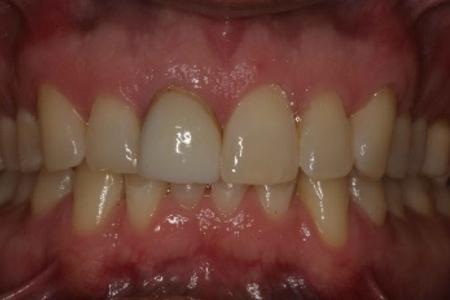
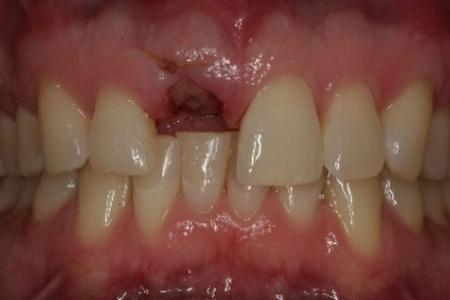
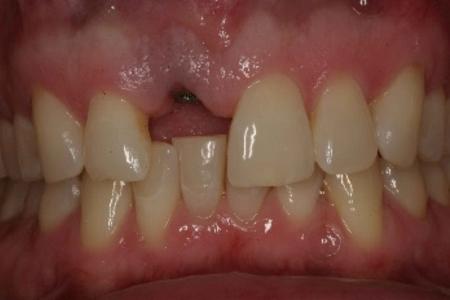
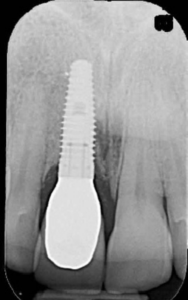
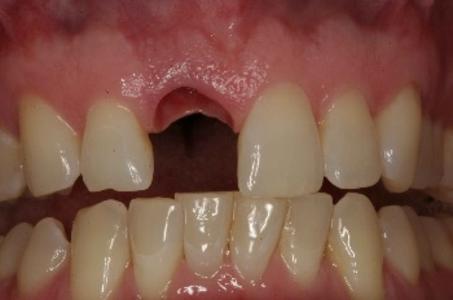
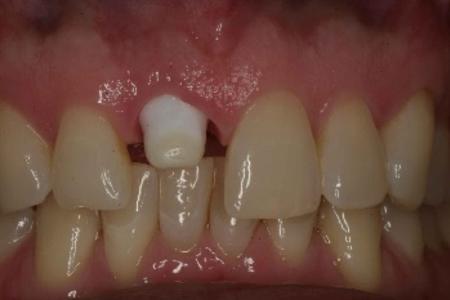
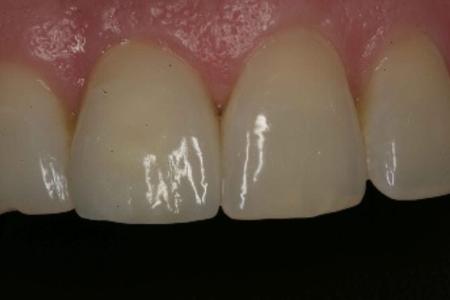
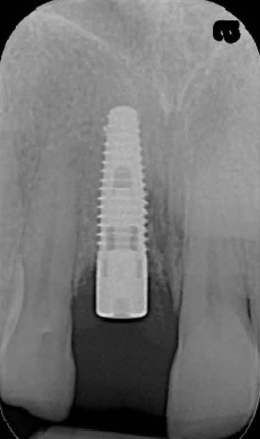
Implant Bridge
